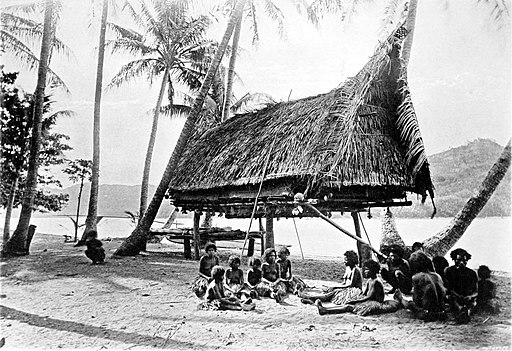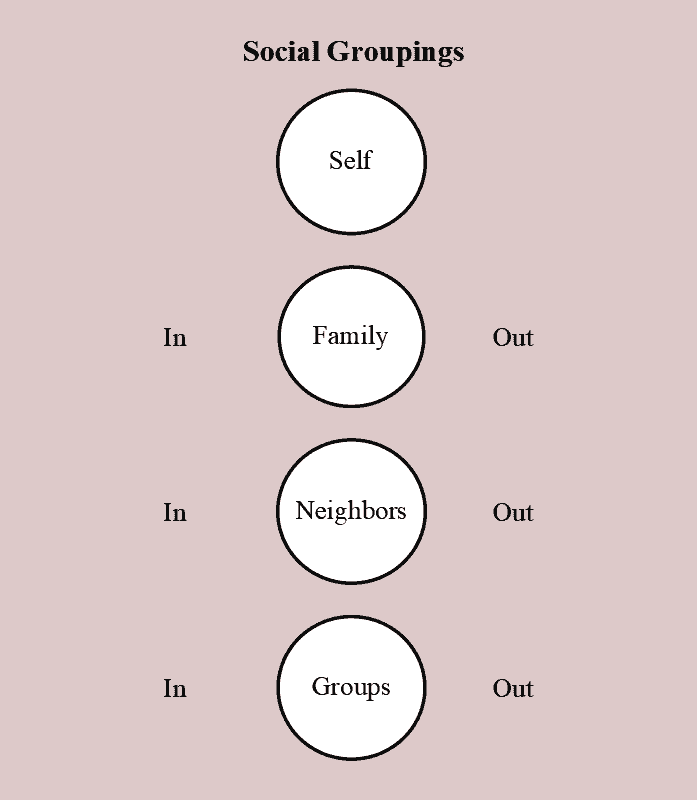Stone Age in New Guinea
It has always gnawed at me—why are aborigine societies discovered in South America, the Pacific Islands, Australia, and New Zealand so primitive?

Jared Diamond’s explanation in Guns, Germs, and Steel is that New Guinea natives remained primitive in their social and technological development for two main reasons.
- Agricultural plants in local plateau barely provided enough sustenance for the population. This was not the result of poor selection of crops by the locals, but that only nutritionally poor crops grew in that environment. Thus there was no excess production to support specialization beyond farming, as there was in the Fertile Crescent, the Indus valley, China, Egypt, and cultivation across the Mediterranean and Western Europe.
- Local animals were not large enough and trainable enough to augment human labor for agricultural tasks. Again, the population had to be devote their time to subsistence. Little excess talent available to come up with improvements to agriculture.
It’s not an intellectual superiority of Western population that accounts for societies’ differences, but differences in soil and local wildlife.
I can’t do Professor Diamond’s justice to his broader argument about the role the coincident of location plays in the level of civilization. National Geographic created a documentary on Gun, Germs, and Steel which many libraries have on DVD. Give it a look.
Picture New Guinea in 1885. by John William Lindt / Public domain. Wikimedia Commons








